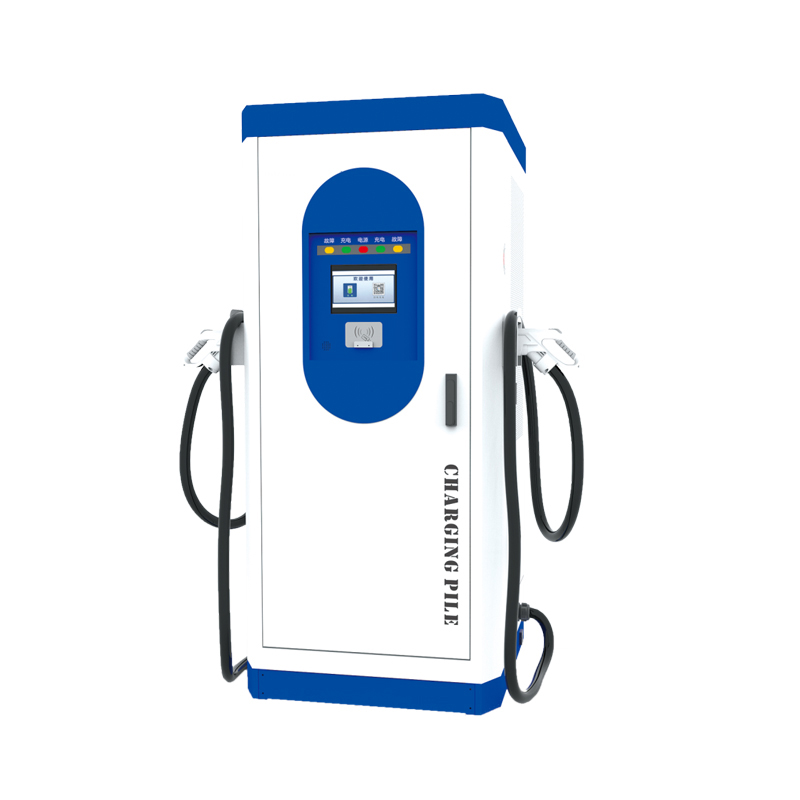What is energy storage? Energy can be stored in batteries for when it is needed. The battery energy storage system definition is an advanced technological solution that allows energy storage in multiple ways for later use. Given the possibility that an energy supply can experience fluctuations due to weather, blackouts, or for geopolitical reasons, battery systems are vital for utilities, businesses and homes to achieve a continual power flow. A battery energy storage system (BESS) is no longer an afterthought or an add-on, but rather an important pillar of any energy strategy.
The advantages of battery storage systems are many. They make renewable energy more reliable and thus more viable. The supply of solar and wind power can fluctuate, so battery storage systems are crucial to “smoothing out” this flow to provide a continuous power supply of energy when it's needed around the clock, no matter whether the wind is blowing or the sun is shining. Plus, they can protect any user from grid fluctuations that could compromise energy supply. Here are some of the advantages of battery storage:




